A human body just dead is much like one still alive, yet something invisible has left it. “In writing, as in life,” Robert Bly observes, “it is the invisibles that make all the difference.”
As homeopaths we work with what is primarily invisible. When we engage with a patient, we are mapping out a hidden territory, navigating from point to point towards our destination. The patient’s words and gestures serve as guideposts and lanterns, but the promised land remains beyond these words and gestures and remains in the realm of meaning.
Stephen Buhner writes:
If our innate capacity to perceive meaning is turned outward toward the natural world instead of toward man-made things like writing, something interesting begins to happen. If you look closely at whatever physical object is in front of you, immerse yourself in sensory noticing of that object, and then ask yourself “How does it feel?” you will notice that you experience a unique feeling or emotional tone, generated within you by that object. (1)
As homeopaths we are deeply engaged with the phenomenology of experience. That is to say, we seek to immerse ourselves into the life-experience of our patients, to see the world through their eyes, feel the world through their skin, walk their path in their shoes. We know that if we can identify a substance whose energy matches that experience, we can greatly assist them in whatever struggle they are confronting.
In a recent article (Hpathy January 2023) I explored the work of David Bohm, a physicist who postulated that mind and matter are not separate things, but inextricably linked aspects of one undivided wholeness. I connected Bohm’s conception of reality as wholeness in flowing movement with the homeopathic understanding of health as wholeness.
We discussed how the grasping of a patient’s case often comes from a place beyond rational intellect, beyond thought, but rather from a flash of insight into the wholeness of the patient.
In this essay we’re going to consider the holographic model of the universe as an explanatory model for:
1)how those flashes of insight might come about, and
2) how homeopathic remedies catalyze the unfolding of wholeness and health in our patients.
As Quantum mechanics, a field Einstein himself played a major role in bringing into being, rocked the world of physics in the last century, Einstein struggled with its implications for cosmology. What exactly does reality consist of?
Einstein was firmly committed to the tenets of:
- Realism: the assumption that the world consists of objects which exist ‘from their own side”, i.e. independently of consciousness
- Determinism: the perspective that every present or future event can be determined by past causes, and
- Locality: the assumption that an event in one place can affect events in another place only if there is enough time for a signal traveling no faster than the speed of light to complete the distance. (2)
In 1972 John Bell, an Irish physicist, conceived of a simple experiment that would test the truth of Locality by taking measurements on a pair of quantum particles that had once been in contact but were now separated. The common sense view of the world had it that one measurement would be larger than the other and thereby demonstrate their “inequality”.
This remained a thought experiment until the 1980s when a French scientist, Alain Aspect, was able to actually demonstrate that Bell’s inequalities were “violated”; that is, the measurement of one photon immediately affected the measurement of the separated photon, at faster than light speeds.
David Bohm, whose work we looked at in our last session, believed that the reason subatomic particles were able to remain in contact with one another regardless of the distance separating them is not because they are sending some sort of mysterious faster-than-light signal back and forth, but rather that their apparent separateness is an illusion. Particles are not individual entities but are actually extensions of the same fundamental something.
Bohm describes the source of everything as the “Implicate Order”, a realm beyond the dimensions of space and time, in which everything exists in unbroken wholeness. That’s an intriguing and beautiful concept, but the question remains, how is it that we perceive a world of separation, of individual entities?
Today we’re going to explore the idea of the universe as a hologram (3), and see whether that model offers up any more clues as to how and why homeopathy works.
First, what is a hologram?
A hologram is a kind of quantum filing cabinet in which information is enfolded – stored – in quantum waves. In a classic laser hologram, a laser beam is split. One portion is reflected off an object – say, an apple – and the other is reflected by several mirrors. They are then reunited and captured on a piece of photographic film. The result on the plate – representing the interference pattern of these waves – resembles a strange set of concentric circles.
Now, when you shine a light beam from the same kind of laser through the film, what you see is a fully realized, 3-dimensional virtual image of the apple
To the naked eye the image on the film looks nothing at all like the object photographed. In fact, it even looks a little like the concentric rings that form when a handful of pebbles is tossed into a pond. But as soon as the laser beam is shined through the film, a 3-dimensional image of the original object reappears. You can actually walk around a holographic projection and view it from different angles as you would a real object.
A fascinating and important aspect of this holographic film is that each part of it contains the whole image. In other words, if you cut it up into 10 smaller pieces of film, and shone the laser through just one of these 10 pieces, the whole apple will appear.
Every small fragment of the holographic film contains all the information recorded in the whole. It was David Bohm who recognized that this capacity of the part to contain the whole made the hologram a potential model for his implicate order.
Let’s move now for a moment from physics to biopsychology.
In the 1940s a neuroscientist at Yale University, Karl Pribram, decided to test the accepted theory that memories were stored as recordings in the brain. His colleague Karl Lashley trained rats to perform a variety of tasks, such as run a maze. Then he surgically removed various portions of their brains and retested them. To his surprise he found that no matter what portion of their brains he cut out, he could not eradicate their memories. Often the rats’ motor skills were impaired, and they stumbled clumsily through the mazes, but even with massive portions of their brains removed, their memories remained stubbornly intact.
Pribram found that patients who had portions of their brains removed for medical reasons never suffered the loss of specific memories. Memories seemed to be distributed over large areas of the brain. When Pribram considered how every portion of a holographic film contained all the information necessary to create the whole image, he realized that this provided a way to understand how memories could be distributed rather than localized in the brain.
Subsequent discoveries added additional evidence for a holographic model of brain processing. Here are some of the most compelling findings supporting this holographic model:
- Visual centers of the brain could be excised from rat brains and they could still perform tasks requiring complex visual skills. 98% of a cat’s optic nerves can be severed without seriously impairing its ability to perform complex visual tasks.
- The brilliant physicist John von Neumann calculated that over the course of the average human lifetime the brain stores s/t on the order of 2.8 x 10 20 bits of information. Holograms possess a fantastic capacity for information storage. By changing the angle at which the 2 lasers strike a piece of photographic film, it is possible to record many different images on the same surface. Any image thus recorded can be retrieved simply by illuminating the film with a laser beam possessing the same angle as the original two beams.
- Our ability to both recall and forget. Our ability to remember is analogous to shining a laser beam and tilt it back and forth. Our inability to recall is analogous to failing to find the right angle to shine the beam.
- Our ability to recognize familiar things. In the technique known as interference holography an object is viewed through a piece of film containing its image. When this is done, any feature of the object that has changed since its image was originally recorded will reflect light differently. An individual looking through the film is instantly aware of both how the object has changed and how it has remained the same.
- Photographic Memory. Individuals with photographic memory typically “project” a mental image of whatever they want to recall and gaze at it. In one subject of a study of this phenomenon the eyes moved as if she were reading a real page.
- Phantom limb sensations. Creating the illusion that things are located where they are not is the quintessential feature of a hologram. In the 1960s the Nobel-prize winning physiologist Georg von Bekesy demonstrated that humans have the ability to experience sensation in spatial locations where they have absolutely no sense receptors.
The Mathematical model of the Hologram
If the brain works as a kind of hologram, how does it convert electrical activity and wave forms into images?
A big hint came from the 18th century mathematician Jean Fourier, who invented the type of calculus know as Fourier transforms. When the inventor of the hologram, Dennis Gabor, was tackling the problem of conversion of frequencies and interference patterns into images and vice versa, he used Fourier transform equations to accomplish this.
In the 1960s and 1970s researchers uncovered evidence that the visual system worked as a kind of frequency analyzer. Since frequency is a measure of the number of oscillations a wave undergoes per second, this suggested that the brain might be functioning as a hologram does.
Then the Russian scientist Nikolai Bernstein discovered that even our physical movements may be encoded in our brains in a language of Fourier wave forms.
Can the human brain project images outside the brain?
As the Russian psychologists Alexander Dubrov and Veniamin Pushkin wrote, if an example could be found where the brain projected an image outside of itself, the holographic nature of the mind would be convincingly demonstrated.
Stigmatists provide this kind of evidence. St. Veronica Giuliani became convinced that a crown of thorns, 3 nails, a cross, and a sword had become emblazoned on her heart. After she died an autopsy revealed that these symbols were indeed impressed on her heart exactly as she had depicted them.
A 19th century French stigmatist named Marie-Julie Jahenny kept seeing the image of a flower in her mind, and eventually a picture of the flower appeared on her breast. It remained there 20 yrs. In 1913 a 12 yr old girl in France made headlines when it was discovered that she could consciously command images, such as pictures of dogs and horses, to appear on her arms, legs, and shoulders. She could also produce words, and when someone asked her a question the answer would instantly appear on her skin.
The holographic model is one way of helping us grasp the ways in which consciousness is transmitted from a realm of infinite possibility and connectedness to our world of finitude, separation, and limitation.
Here an example from a patient of mine helps to illustrate the power of consciousness:
He describes watching a tv show in which the main character is trying to evade an arrest for a bank robbery. In the show the police are closing in on him. Just as they’re about to storm his house there is a banging on my patient’s door. It is the police with a warrant for his arrest for a bank robbery he did not commit.
Consciousness shapes our bodies and brings into reality the shape, circumstances, and events of our lives.
Conclusion:
According to the holographic model, the mind/body ultimately cannot distinguish the difference between the neural holograms the brain uses to experience reality and the ones it conjures up while imagining reality.
A remedy: A tiny part of the substance creates the whole of the experience of the source. The remedy then is analogous to the holographic film.
Taking the remedy is analogous to shining the laser through the film.
Physical pathology arises through the biophysical projection of the remedy state into the cells, tissues, and organs of the person possessed by the state. Thus a baby born into a bird state may have a “pigeon chest”. A young adult in a conifer state may project frailty and fragility onto her body and thus actually become frail. The Argentum-tongued preacher may lose his voice, and the patient needing a bowel nosode may develop all kinds of intestinal pathologies.
We can look at Covid-19 through a holographic lens, and surmise that the Covid pandemic resulted from the projection of collective human consciousness of what is happening to our planet into our own bodies across the globe.
Temperatures rising in the atmosphere manifest as a collective fever. The imbalance of oxygen to CO2 ratio, circulatory disturbances correlating with disturbances of atmospheric currents. The emerging evidence that the SARS novel coronavirus originated in a laboratory doing ‘gain-of-function’ research on cold viruses is consistent with our species’ realization that it is our own behavior that has led to climate chaos, ocean acidification, melting ice caps, species extinction, and potential ecocide.
Our quest, as homeopaths, is to revision the quest indigenous peoples have always undertaken in the history of our great planet. That quest was to perceive the invisible. This perception took the form of vision quests, or waking dreams, or shamanic journeys.
As modern homeopaths in 21st century America we do not seek to imitate the specific forms of these quests, but to be inspired by the fundamental truth that lay behind them. This truth is that what is most important is invisible to the eyes, but can become visible to the heart.
This truth is that the world is alive. The truth is that while we seem to be separate individuals, we are woven together, to each other, and to this earth, with threads of meaning and wisdom that cannot be cut or knitted by us, but can be perceived by us, if we open up our hearts and train our hearts to perceive.
Still, if you allow yourself, as a way of life, to perceive the world through the heart, new capacities of the human are initiated. A specific process is activated when the question “how does it feel?” is asked. You begin to travel not only through the physical forms of the world, but also through the meanings that all things possess. And these meanings are extremely complex….It becomes clear, if this is practiced diligently, that the world is not a collection of unrelated bits of matter but is, in fact, a text. The things we perceive are, as Gregory Bateson noted, transforms of messages.
Footnotes:
- “Reclaiming the Invisible”, Guest Editorial, Alternative Therapies, March/April 2007, Vol. 13, no. 2, pp 16-19
- Malin, Shimon. Nature Loves to Hide: Quantum Physics and the Nature of Reality; A Western Perspective.Oxford, NY.
- Talbot, Michael. The Holographic Universe. Harper Collins, NY.

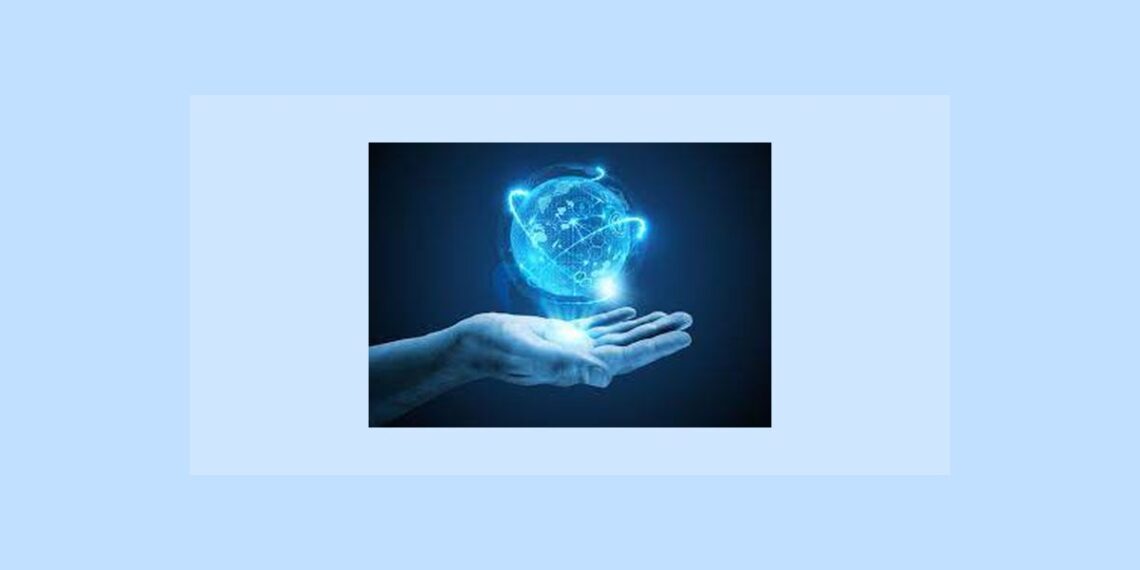
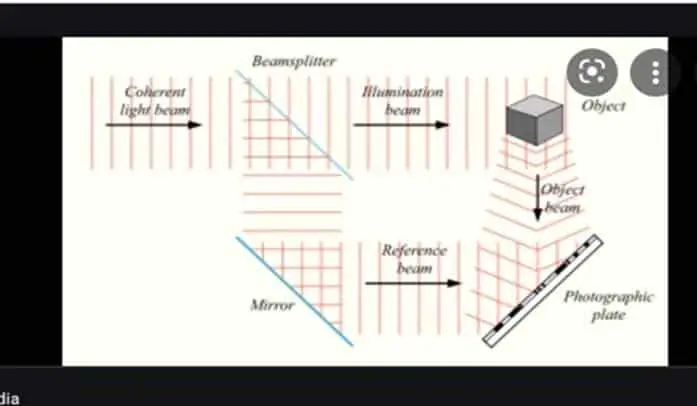
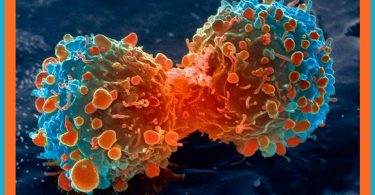
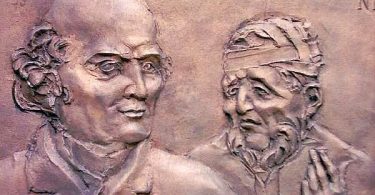
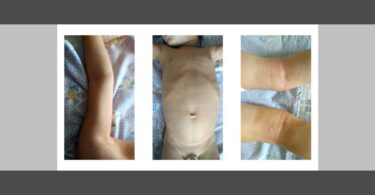

Hi Doug, thank you so much for your research, excellent writing and work. Thank you for your homeopathic practice!
Thank you, as always, for serving on the Board of A Promise of Health, bringing homeopathy to the indigenous populations of rural Oaxaca, Mexico.
Thank you Doug, great article!